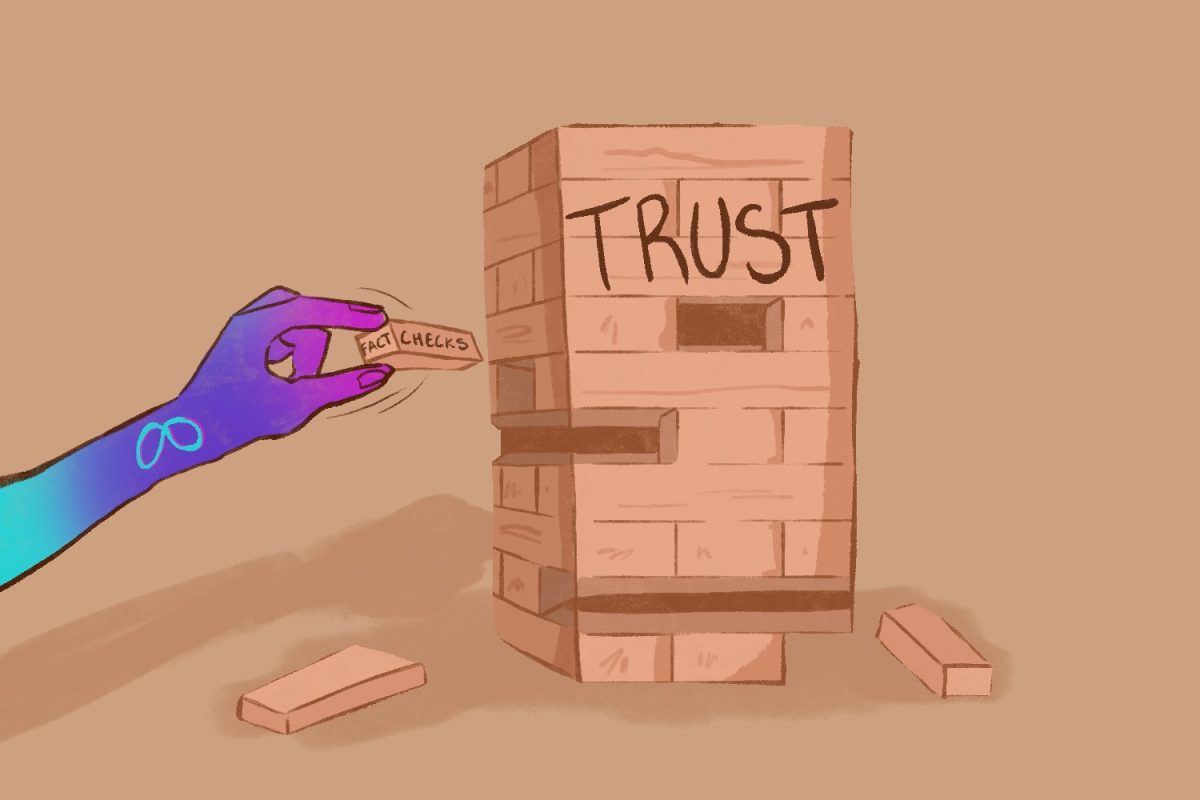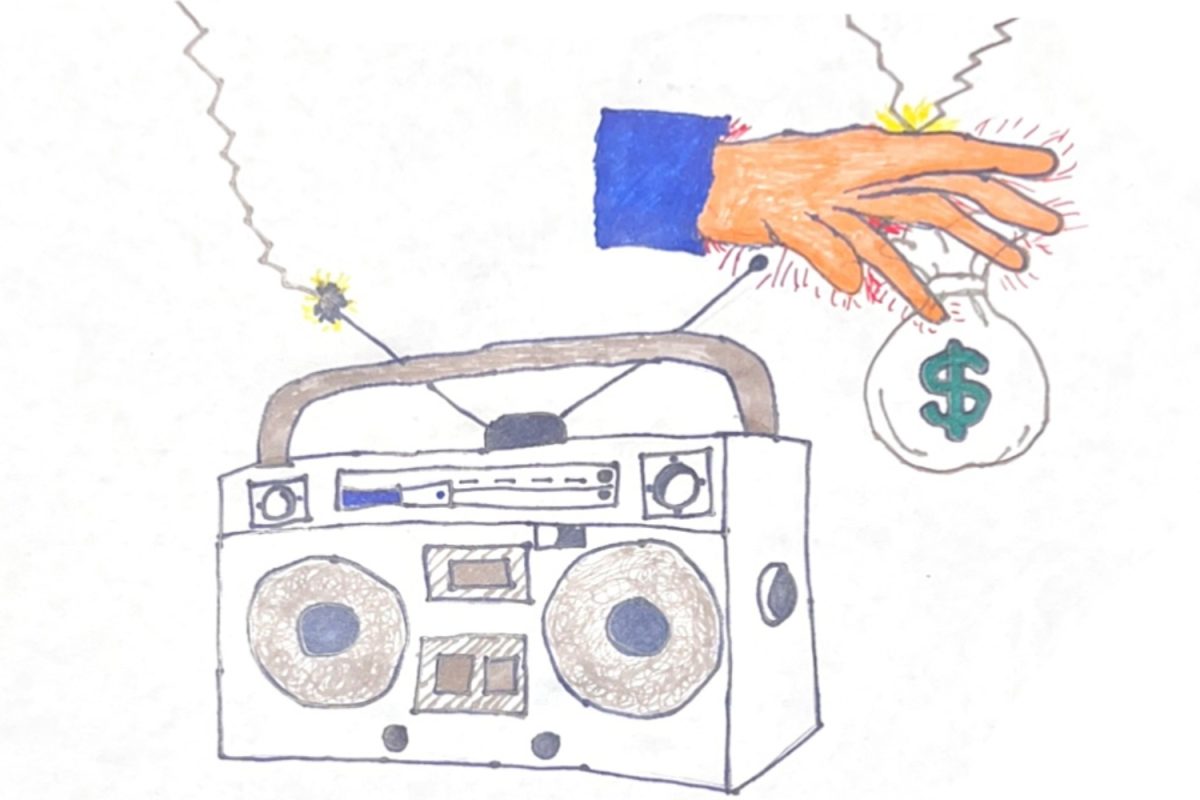Vaping, while initially developed to deter adults from conventional smoking, has become an accessory of teenage life.
Since 2014, vape pens have been the most commonly used tobacco product among middle and high school students, according to a study conducted by the Centers for Disease Control and Prevention.
Teen vaping is now a normality. More than that, it is an epidemic.
Yet, even though 10% of teens report using e-cigarettes, transparent conversations about vaping between teens and the adults in their lives are uncommon.
On the rare occasion that the subject of vaping arises, most parents will respond with some vague and incoherent variation of “you shouldn’t do that, it’s bad” before promptly shutting down the conversation.
The reluctance to talk about vaping stigmatizes these discussions, causing teens to feel uncomfortable reaching out to adults if they or their peers are struggling.
Furthermore, the complexity of the issue calls for more in-depth conversations about its consequences.
While it is often reiterated that vaping is an unhealthy habit, its specific negative effects are not widely known.
For example, most teens don’t know that nicotine, the drug contained in vape pens, has been proven to be as addictive as cocaine and heroin. Nor is it a common fact that adolescents who vape are roughly four times more likely to become smokers than those who do not.
Another lesser-known implication of vaping is its effect on the environment.
Disposable vape pens are the most commonly used device among teen tobacco users. They contain reusable lithium-ion batteries, but teen users often put their used devices directly into the household trash.
This improper disposal can have detrimental effects on the environment, according to a 2021 study by Truth Initiative, a public health organization working to end smoking and vaping.
Normalizing conversations about vaping would equip teens with the necessary background information to make the right choices and ensure they have trusted adults to turn to if they make the wrong ones.
This is not to say that there has been no attempt to address the teen vaping epidemic, but current efforts focus solely on keeping e-cigarettes out of teens’ hands and do not teach us how to keep ourselves, our peers, and the environment safe in a society where vaping is ingrained into teenage life.
California’s Proposition 31, for example, takes a step in the right direction by prohibiting the sale of flavored tobacco products for which younger users are often a target audience.
However, such efforts to shield teenagers from the dangerous and highly addictive world of e-cigarettes do not address the issue in its entirety. To do so, we need to normalize transparent conversations about teen vaping.
Burying the problem under ignorance and judgemental tones is not getting us anywhere. It’s time to clear the air.
*This editorial reflects the views of the Scot Scoop Editorial Board and was written by Gabrielle Shore. The Editorial Board voted 10 in agreement and 2 refrained from voting.












